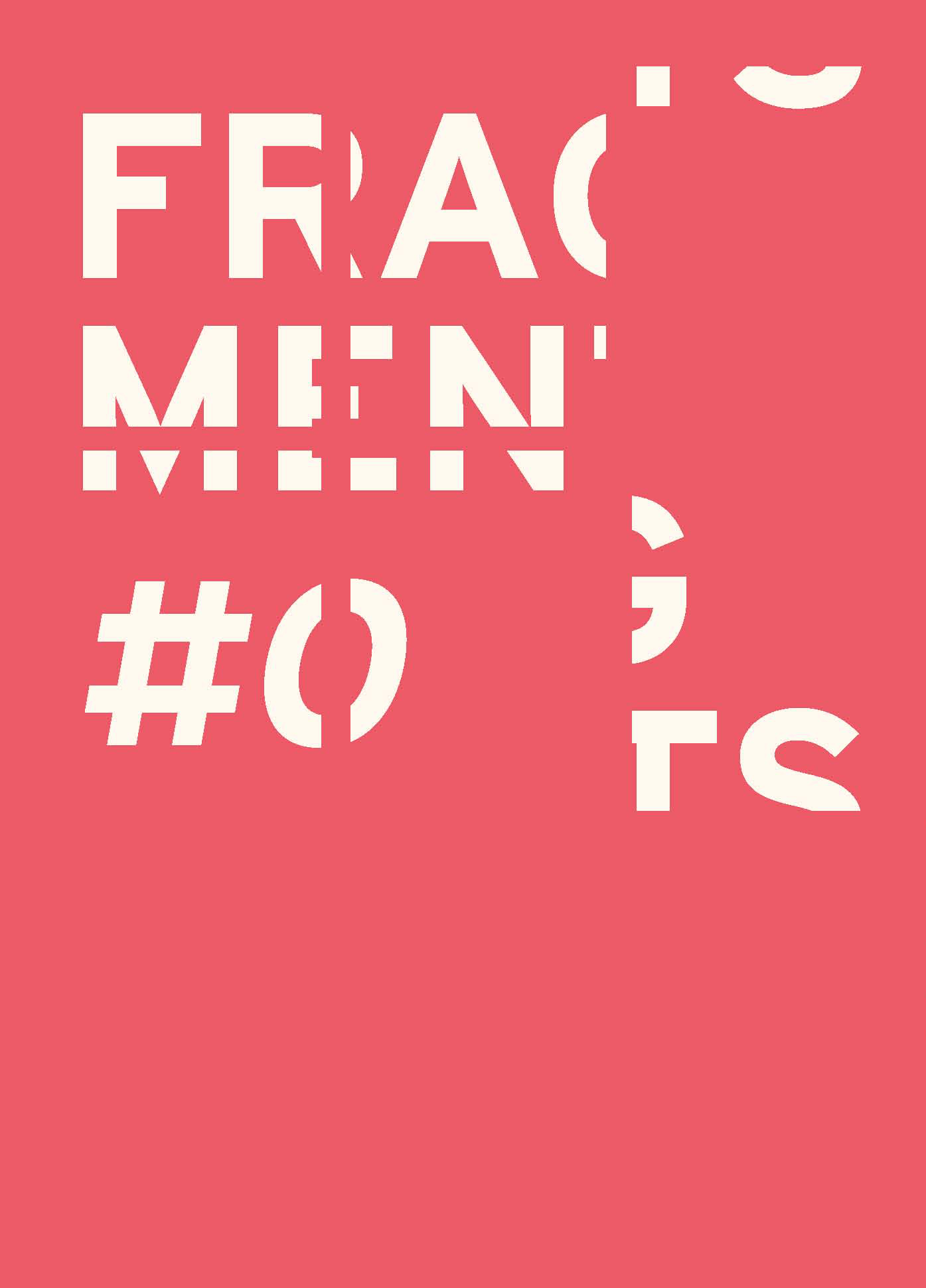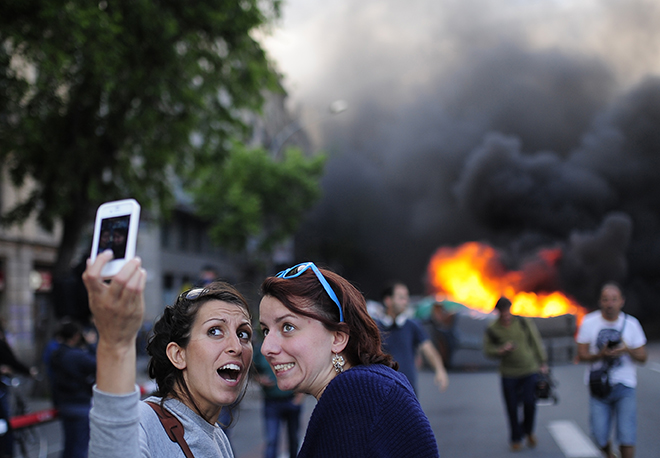
Fragments. More than a decade of photojournalism
During more than a decade, the Union of Journalists of Valencia has organized “Fragments d’un any” (Fragments of a year), collective exhibition of photojournalism that collected through images the more relevant facts of the year in Autonomous Community of Valencia. Throughout 10 celebrated editions, the project has been developing until becoming one of the yearly reference meetings with photojournalism in Valencia.
The participation of the most noted professionals of the sector has been defining an exhibition space that serves as a witness of the Contemporary History of Autonomous Community of Valencia.
New times, new proposals
Graphic journalism has acquired an importance even greater due to the consolidation of new ways and formats of distribution and the popularity that the practice of photography currently possesses. Nevertheless, the uncertainty about the future of the sector remains and the technological revolution sets out new questions.
The Union of Journalists of Valencia answers this new fact proposing a new comprehensive cultural project to offer with it a new specific answer to these new challenges and continue in this way its encouragement and protection work of the image in the journalism.
Fragments, in this new format, proposes a way for the research of the relationship between the images and the information. In addition to an exhibition development, it has a series of activities designed to make easier the participation of the citizens and the social development based on cultural processes.
|
|
|
Fragments # 0
|
|
|
Since there are men that are wrong… They are judging that I am exposed to get wrong like any other, I refused as false all the reasons that I have taken before as demonstrations. And, all in all, considering that the same thoughts we have got being awake can come to us when we sleep. Without the possibility that in such state there is one that is real, I decided to pretend that everything that had entered in my spirit until then were not truer than the illusions of my dreams.”
René Descartes - The speech of the method |
One of the great sentences of Graphic Journalism, since its appearance, is the continuous battle that it has had to fight to define itself as a discipline. The search of a linguistic and conceptual definition of this activity has been a failure and it continues using many resources and cultural spaces. This eternal identity crisis is an evil that it shares with its sister, the photography, and expecting to solve this mess is probably, a so useless activity like trying to label with post-it an entire galaxy. The semantic discussions have the efficacy of a language that expresses itself like the lightning and can take advantage of its own liberty.
Probably there’s not a thing called graphic journalism and probably it makes no sense to define it. Nevertheless, we know for certain that the use of graphic resources in the exercise of the information sets out a relationship between the visual language and the informative facto, which deserves we pay it attention with proper liberty and open-mindedness.
We can imagine individually that we have to inform the rest of the society by using images. What would we do? How can we answer all the questions that come from different changes and the nature itself of information through images?
Let’s start with a clean state. Let’s pretend we know nothing and there’re no etiquettes neither for images nor its authors. Let’s be free and we are going to think that all the photographic and audiovisual, professional and amateur production is liable to be used as informative element. Let’s assume that in this information society, the action field of the information occupies different levels and the speaker and receiver positions are flexible. Let’s analyse in this way each photograph that come trying to identify its capacity to complete or carry out information. Let’s play to imagine the Graphic Journalism without having to define it.
Fragments is a laboratory that carry out this badly structured activity of collective imagination. An opportunity to work from the content and with the spectator as leading figure. A tool to think about the information idea and to value the most precise behaviour and expression forms. A light and flexible model that can project forms of better communication.
Pablo Brezo Casán
Coordinator












